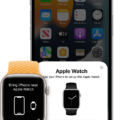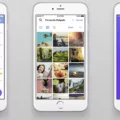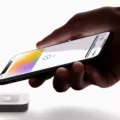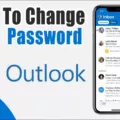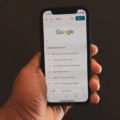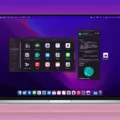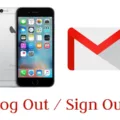ICloud Email is a powerful and convenient email service provided by Apple. It allows users to send, receive, and manage their emails seamlessly across all their Apple devices. While iCloud Email is designed primarily for use on Apple devices, it is still possible to access and use iCloud Email on an iPhone.
To get iCloud Email on your iPhone, you need to follow a few simple steps. First, make sure that you have enabled the Mail feature in your iCloud settings on your iPhone. To do this, go to Settings, tap on your name at the top of the screen, then tap on iCloud. Scroll down and make sure that the Mail toggle switch is turned on.
Next, you need to add your iCloud email account to the Mail app on your iPhone. To do this, go back to the main Settings screen, scroll down and tap on Mail. Under the Accounts section, tap on Add Account. Select the option to add an email account and enter your iCloud email address. Follow the prompts to enter your password and other necessary information.
Once you have added your iCloud email account to the Mail app, you will be able to send, receive, and manage your iCloud emails directly on your iPhone. Your iCloud emails will automatically sync across all your Apple devices, ensuring that you have access to your emails wherever you are.
It’s important to note that if you have enabled two-factor authentication for your iCloud account, you will need to generate an app-specific password to use with the Mail app on your iPhone. This adds an extra layer of security to your iCloud emails. To generate an app-specific password, go to the Apple ID website and sign in with your Apple ID. Under the Security section, click on Generate Passwords. Follow the instructions to generate a password specifically for use with the Mail app on your iPhone.
Getting iCloud Email on your iPhone is a simple process that involves enabling the Mail feature in your iCloud settings and adding your iCloud email account to the Mail app. With iCloud Email on your iPhone, you can easily send, receive, and manage your emails on the go.
Why Can’t You Access Your iCloud Email On Your iPhone?
There could be several reasons why you are unable to access your iCloud email on your iPhone. Here are some possible causes and solutions:
1. Mail not enabled in iCloud settings: Ensure that you have enabled the Mail option in your iCloud settings. To do this, go to Settings, tap on your name, select iCloud, and make sure the Mail toggle switch is turned on.
2. Poor internet connection: Check if you have a stable internet connection on your iPhone. If not, try connecting to a different Wi-Fi network or enable cellular data to see if that resolves the issue.
3. Incorrect login credentials: Double-check your iCloud email address and password to ensure they are entered correctly. Remember that passwords are case-sensitive, so ensure you are using the correct capitalization.
4. Outdated iOS version: Make sure your iPhone is running the latest version of iOS. Outdated software can sometimes cause compatibility issues. Go to Settings, select General, and tap on Software Update to check for any available updates.
5. Mail app settings: Verify that your Mail app settings are properly configured. Open the Settings app, scroll down, and select Mail. Check the settings for your iCloud account, including Incoming Mail Server, Outgoing Mail Server, and Authentication settings. If necessary, compare the settings with the recommended settings provided by Apple.
6. Email account limit reached: Check if you have reached the maximum number of email accounts allowed on your iPhone. To do this, go to Settings, tap on Mail, scroll down to Accounts, and see if you have reached the maximum limit. If so, consider removing some unused accounts or consolidating them.
7. Server issues or maintenance: Occasionally, iCloud services may experience temporary server issues or undergo maintenance. In such cases, you may not be able to access your email. Wait for some time and try again later.
If none of the above solutions work, you may need to contact Apple Support for further assistance. They can help diagnose and resolve any underlying issues specific to your device or iCloud account.
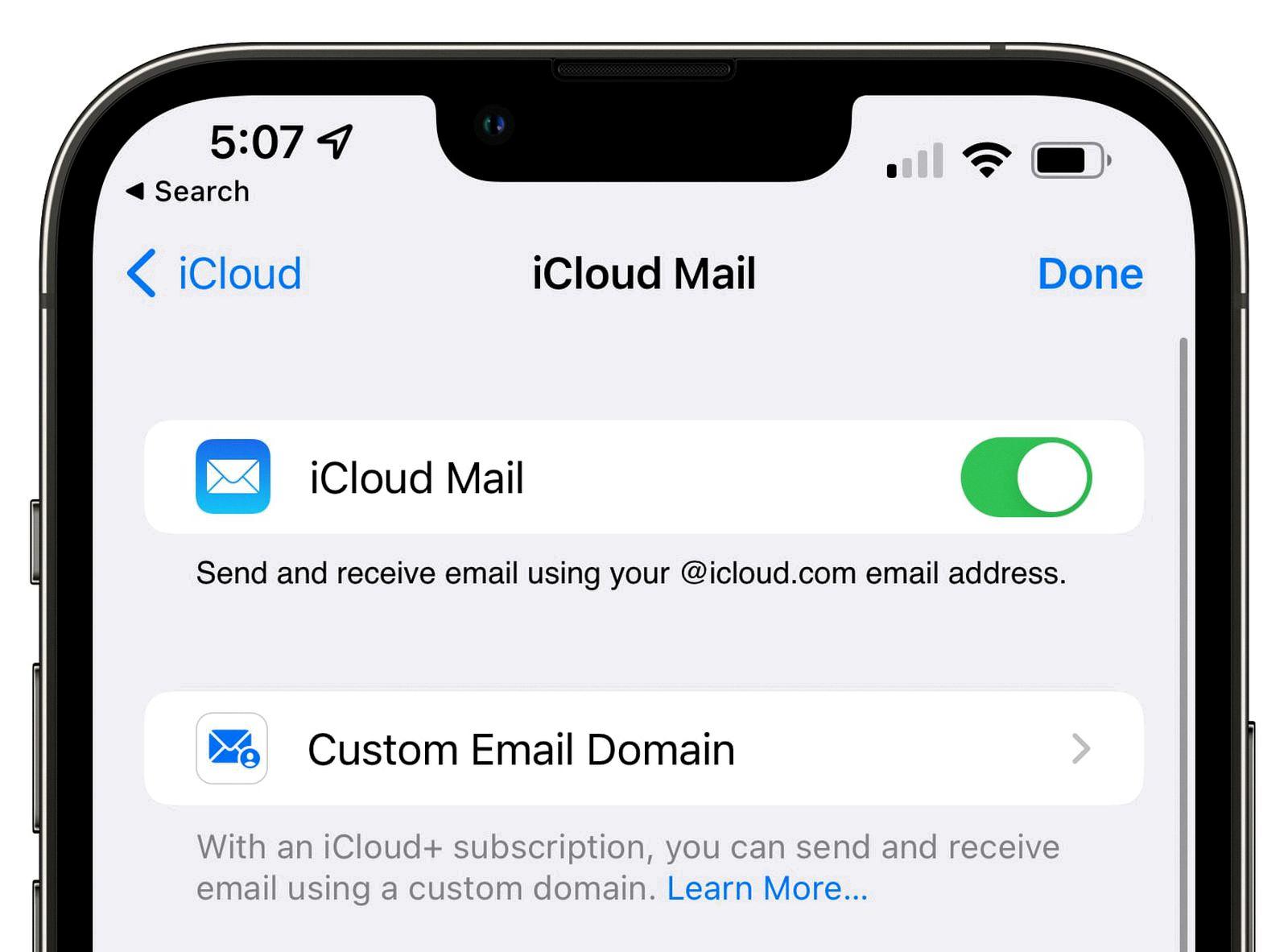
How Do You Access Your iCloud Email?
To access your iCloud email on an Android device, you can follow these steps:
1. Open the email app on your Android device. If you don’t have one, you can download and install a popular email app like Gmail, Outlook, or BlueMail from the Google Play Store.
2. Once you have the email app installed, open it and tap on the “Add Account” option. This is usually found in the settings or menu section of the app.
3. From the list of available email providers, select the option to add an email account manually. This might be labeled as “Other” or “IMAP/POP” depending on the app you are using.
4. Enter your iCloud email address in the provided field. Make sure to type your complete email address correctly.
5. Tap on the “Next” or “Continue” button to proceed. The app will attempt to automatically detect the email settings for your iCloud account.
6. If the automatic setup fails, you will be prompted to select the account type. Choose either “IMAP” or “POP” depending on your preference. IMAP is recommended as it keeps your emails synchronized across multiple devices.
7. In the incoming mail server settings, enter the following information:
– Username: Your iCloud email address
– Password: Your iCloud app-specific password (you can generate this on the iCloud website)
– Incoming Mail Server: imap.mail.me.com
– Port: 993 (for IMAP) or 995 (for POP)
– Security Type: SSL/TLS
8. In the outgoing mail server settings, enter the following information:
– SMTP Server: smtp.mail.me.com
– Port: 587
– Security Type: STARTTLS
– Require Sign-In: Enable this option
– Username: Your iCloud email address
– Password: Your iCloud app-specific password
9. Tap on the “Next” or “Continue” button to proceed. The app will verify the settings and establish a connection to your iCloud email account.
10. Once the setup is complete, you can customize additional settings like sync frequency, notifications, and folder preferences according to your preferences.
Now you should be able to access your iCloud email on your Android device through the email app you have installed. Your inbox, sent items, and other folders should be available for you to view, send, and receive emails.
Conclusion
ICloud Email is a versatile and convenient email service provided by Apple. By enabling Mail in the iCloud settings on your iPhone, iPad, or iPod touch, you can easily access and manage your iCloud emails. It is important to ensure that new data is pushed to your device automatically to receive real-time updates. In iOS 14 or later, you can enable push notifications for your iCloud emails by going to Settings > Mail > Accounts > Fetch New Data.
Furthermore, if you are using an Android device and still want to receive iCloud emails, you can add your iCloud email account by going to the email app settings and selecting the option to add an email account. Enter your iCloud email address and use the app-specific password to securely connect your Android device to your iCloud email account.
ICloud Email provides a seamless email experience across Apple devices and offers the flexibility to access your emails even on Android devices. Its integration with the iCloud ecosystem ensures that your emails are synced and accessible across all your Apple devices. Whether you are an iPhone user or an Android user, iCloud Email offers a reliable and efficient email solution for all your communication needs.


